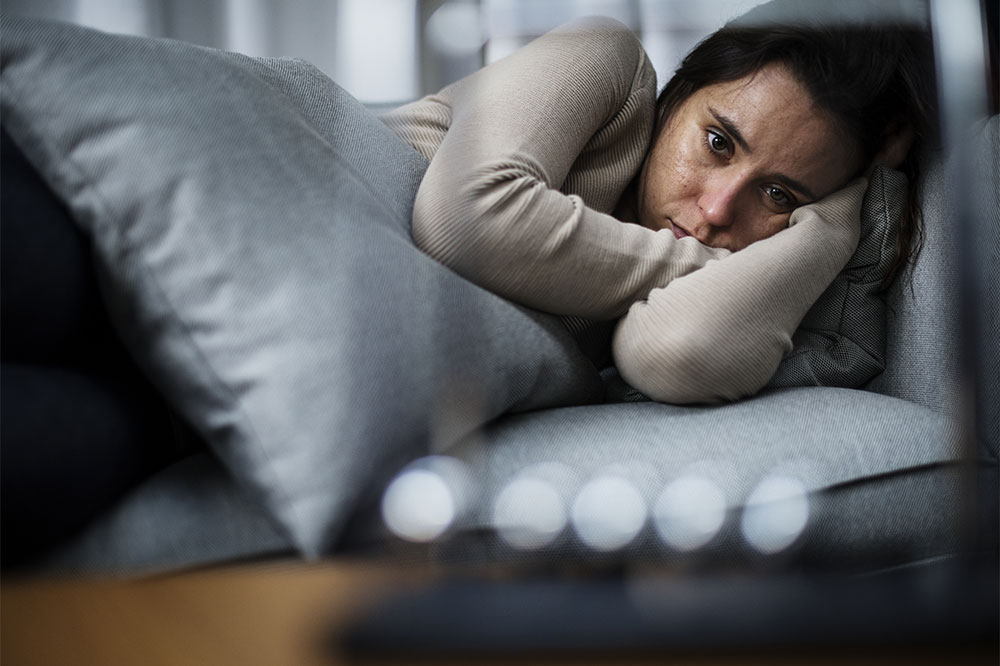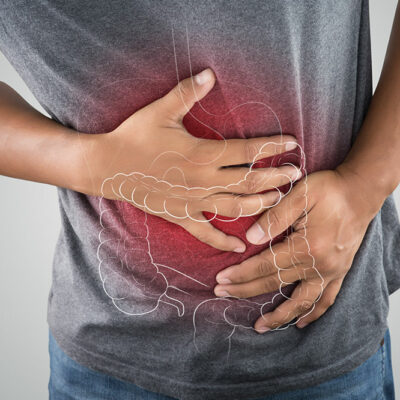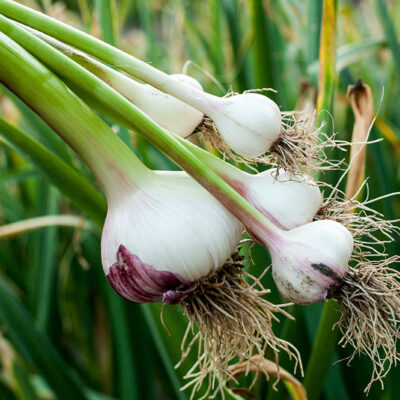
7 Types of Depression and Their Symptoms
Depression is primarily a mood disorder. It can be described or showcased as feelings of sadness, loss, anger, and anxiety. The experience and the expression of depression can vary from person to person. Depression in any form is most likely to interfere with your daily work, resulting in lost time and lower productivity. Besides, the symptoms of depression can also trigger the onset of various chronic health conditions and influence relationships.
Depression can affect people of all ages, and it is regarded as the main cause of disability, as stated by World Health Organization (WHO). Let’s look at the signs and types of depression
Types and signs of depression
The types of depression are based mainly on the symptoms and causes of it. Some of the depressive episodes often have no apparent cause. Further, such symptoms can vary from one individual to another. Among certain people, the depressive episodes can linger much longer for no clear reason.
1. Major depressive disorder or MDD
Major depressive disorder typically has intense or overwhelming symptoms. Such symptoms usually last longer than two weeks. By nature, the symptoms of major depressive disorder interfere with everyday life.
2. Bipolar depression
The patients with the symptoms of bipolar depression usually have two alternating periods— low mood and extremely high-energy period. During the low period, such patients suffer from a range of depressive symptoms like feeling sad or hopeless, lacking energy, among others.
3. Perinatal and postpartum depression
By nature, perinatal depression typically occurs during pregnancy and can last up to one year after having a baby. The symptoms of this type usually go beyond “the baby blues,” which cause minor sadness, worry, or stress. People refer to this event most commonly as postpartum depression .
4. Persistent depressive disorder
This condition is also known as dysthymia. The symptoms of persistent depressive disorder are usually less severe than major depression. However, the episodes of persistent depressive disorder can last for at least two years or longer in certain cases.
5. Premenstrual dysphoric disorder
The symptoms of the premenstrual dysphoric disorder are severe. It largely affects women in the days or weeks leading up to their menstrual period.
6. Psychotic depression
In this type of depression, patients typically suffer from severe depressive symptoms and hallucinations. Delusions or hallucinations are primary beliefs and are not based on reality. Some hallucinating symptoms include seeing, hearing, or feeling touched by things that aren’t there at all.
7. Seasonal affective disorder or SAD
The depressive episodes which usually start in late fall and early winter are referred to as seasonal depressive disorder. Such depressive symptom typically goes away during the spring and summer.
By nature, depression affects your emotions, mind, and body. Some of the prime symptoms of depression include feeling very sad, hopeless, or worried; not enjoying things that used to give you joy; and being easily irritated or frustrated.


